Interview by Anne-Marie Strohman
I met Karen during my time at Vermont College of Fine Arts in the Writing for Children and Young Adults program. She was in workshops with my classmates and was always quick to reach out to make sure others were comfortable and extending empathy to them. I remember hearing her read during student readings and being impressed with the mood of her pieces and the way she engaged her listeners emotions through rhythm and language. I’ve gotten to know her more now that we’re both alumnx, and I was so pleased to get to interview her. She shares her publishing journey–it’s been a long and fruitful one!–as well as her exploration of writing in various categories, from YA to picture books, and details of her writing process. I came away with so many new things to try in my writing process, and I hope you will too. –Anne-Marie
KidLit Craft: What was the inspiration for One Tiny Bubble? and for Sour Cakes?
Karen Krossing: Thanks for inviting me to KidLit Craft, Anne-Marie! I’m a fan.
Even though my first two picture books are very different, they both spring from my love of community, relationships, and how we connect and support one another.
One Tiny Bubble tells the true story of our last universal common ancestor (LUCA)—the ancient one-celled organism that sparked all life on our planet. When I first learned how scientists had traced life back to LUCA, I felt inspired to share the heartwarming, miraculous way LUCA connects a diverse cross-section of Earthlings into one family.
Sour Cakes tells a fictional story about two siblings, one who’s feeling heavy emotions and another who gradually empathizes and offers compassion. For it, I drew on my family history of mental health challenges with a focus on how siblings can perfectly annoy as well as support one another with great acts of kindness.
KLC: Your publishing career began over two decades ago, with your first short story for teens out in 1998 and your first novel for middle graders out in 2000. It continued with award-winning novels for kids and teens. Now you’re publishing your first picture books. What brought picture books into the picture?
KK: Although novel-writing was my first playground, I’ve always been awed by picture books. With few or no words combined with visual storytelling, they can convey profound insights for all ages. For many years, I had a secret quest to write one.
Then in 2016, I began critiquing a friend’s picture-book manuscripts. That taught me some basics, but I still couldn’t really crack the code of how to write with such brevity and depth. In 2018, I took a Picture Book Intensive semester at the Vermont College of Fine Arts with author and faculty Liz Garton Scanlon. What a glorious deep dive into the form! I experimented and played. One breakthrough happened when I applied my novel-plotting strategies to a picture-book manuscript. I created a template of the three-act structure in a 14.5-spread grid, which gave me a container and shape for the manuscript. I have since played with variations of my grid template using alternative structures. I still begin a new picture-book manuscript in a grid, although I quickly move past it after the first draft.
Now, I adore challenges like how to convey a complex topic like LUCA in a picture book, how to apply poetic techniques to the form, and how to write in combination with visuals. Working with illustrators has been a pleasure!
KLC: In both of your picture books, the most striking element to me is how effectively you center the child reader. Do you consider your audience as you write? If so, what role do they play in your writing process?
KK: My brain gravitates to concept and structure first. I am hopelessly directed and organized. Although these elements are driven by character and my emotional connection to the content, I usually need to consciously deepen and layer in later drafts. This is when I consider how the reader might interact with the words. I write many drafts to make those connections to the audience, but it’s later in my process.
KLC: I was fortunate to overlap with you during your time at Vermont College of Fine Arts’ Writing for Children and Young Adults program. At the time you started the program, you had already published numerous short stories and novels. What brought you to the program?
I went to VCFA for so many reasons:
- To learn how to write in new genres and forms, such as fiction and nonfiction picture books.
- To learn how to write with more emotional depth. I had several young-adult manuscripts that hadn’t sold, and the common element seemed to be that readers hadn’t felt emotionally connected. During the program, I realized that I was avoiding emotional depth because it was hard work to feel what my characters feel and to write from that sometimes trauma-filled place that is the heart of a story.
- To learn more about the intersection of culture and writing. I wrote my critical thesis on character cultural literacy, and I continue to do the work to understand how my cultural lens interacts with what I choose to write and how I write it. I believe that ongoing cultural work is essential for every writer, and it begins by understanding oneself in cultural context.
- To connect to the VCFA community—I’m grateful to share knowledge and experiences with so many incredible writers who are doing this hard work of writing every day.
- To learn more about how to mentor new and emerging writers. How could I give back and help others share the stories they are burning to tell?
KLC: One Tiny Bubble is a sort of return to non-fiction for you, as you started your working life as a textbook editor, which often involves research and writing. How did your previous work inform your process? And how did your intervening years writing fiction influence this book?
KK: Actually, I still work part-time as a freelance educational editor. I’m not a trained educator, but I am trained in how to research, structure, and present information in plain language that meets the needs of specific readers. When writing One Tiny Bubble, this work experience helped me see my role as a translator of high-level scientific concepts into child-centered language and experiences. I didn’t need to be a LUCA expert; I needed to be a research and communication expert.
My work as a novelist has given me fiction-writing techniques that I can apply to narrative nonfiction manuscripts like One Tiny Bubble. When writing it, I borrowed from traditional story structure to outline the manuscript, and I thought of LUCA as my protagonist. I chose poetic, accessible, and vibrant language. I used a direct address to the reader, helping them to connect to LUCA as the first member of our shared family. I selected imagery that linked to a child’s world, for example, by showing the size of LUCA as “tinier than a cupcake sprinkle.” I used the theme of connection to strengthen the narrative story, and I established a mood of wonder about evolution and the celebration of family.
KLC: You mentioned in a 2004 interview that an important part of your process is setting work aside for a period of time before approaching it for revision. Is that still a part of your process?
KK: Always. Resting periods are a part of my daily writing practice during drafting and revision. I prefer to create a rhythm of writing, letting the piece rest, then approaching it again. This allows my subconscious to do half the work, and I can trust that part of my brain to chug away at a knotty problem while I do other tasks. Also, the breaks make it easier to read a draft the way a first-time reader would, letting me see the places that flow well and the places that need to be strengthened.
KLC: You also mentioned in that interview that early in your career you struggled to know when a story was done. Are you better able to gauge that now? How do you decide when a manuscript is done (or done enough to submit, at least)?
KK: When revising, I can see how far I have come. I can’t always see how far I need to go. Critique partners help with that. But I’ve also become better at tapping into my writer’s intuition to sense if a manuscript is done. Does it thrum like a heartbeat? Where does it still go clang? Does it bring tears to my eyes when I read it? (I cry at any strong emotion, so it’s a good gauge.) Could I experiment with a new approach that might break the manuscript open in a new, better way?
I also need to be honest about why I want to submit a manuscript. It can’t be for reasons like validation. I need to make my decision based on the merits of the writing, not my ego. I need to complete my work before I share it. It’s my responsibility to the reader.
KLC: As an early career writer, you had to deal with rejection, and you persisted. How has rejection played a role in your career? What strategies do you use to handle the inevitable rejections that pop up in a writer’s life?
KK: Over the years, I’ve made peace with rejection. I did it through language choices and a stoic philosophy:
- First, I think of each of my goals as a quest—like in a Dungeons and Dragons campaign. Although a quest may lead to surprising delights or disappointments, it’s always an adventure.
- Second, I make sure each quest is an action I can take (e.g., prepare a manuscript for a publisher to read), not a decision I want someone else to make (e.g., offer me a book contract). That way, my quests are under my control. If I want a better chance of succeeding in my quest, I can choose to put more effort into my actionable steps.
- Third, once I’ve completed my quest (e.g., send my manuscript), I celebrate. (Yay, fun!) Then I dive into my next actionable item. (What to write next?!)
- Fourth, I think of my submissions as probes launched into the universe. Some may get lost beyond a faraway planet. One may blow up on the launchpad (time to retool it). Others may return with valuable data that I can act on (in the form of a new quest).
- Finally, I don’t use the word “rejection.” I borrow a term from my VCFA friend and fellow writer Mary Jane Nirdlinger, who repositions it as a “proof-of-effort.” Sure, I’m still disappointed when a publisher chooses to pass on my manuscript, but I find it easier than I used to. Rejection and I co-exist. And I stay focused on my writing process, not my writing products.
KLC: Your books have also received numerous accolades, from an SCBWI Crystal Kite award for Bog to recognition for One Tiny Bubble as the Best Informational Book from Chicago Public Library. Were you prepared for these honors? How did they affect you and your work?
KK: I’m grateful for the honors I’ve received. It’s a thrill to be recognized! But I also try to be stoic about them. They are choices made by someone else, so they are unpredictable. All I can do is write my best manuscript, day after day. That’s where my joy is.
KLC: You also provide workshops, critiques, and mentorships for writers for children. How do these roles inform your writing?
KK: Mentoring other writers is a win-win situation. They receive support to develop their skills, and I learn from sharing writing craft with them. It requires me to focus and apply my insights in a clear, constructive manner. When I return to the page, I can apply those same insights to my work. I share more about my approach on my mentoring page.
KLC: What’s next for Karen Krossing fans?
KK: I’m excited about my upcoming middle-grade novel Monster vs. Boy with Charlesbridge Publishing—available July 2023! It’s about a closet monster who loves listening to stories through the door and the boy who’s terrified of what might be living in his closet. It’s inspired by my relationship with closet monsters as a kid. I lived in terror!
I’m also excited about my three upcoming narrative nonfiction picture books with Groundwood Books and Owlkids Books. I can’t share much yet, but they’ve been an adventure into fascinating research, personal history, and cross-cultural connections with content experts and illustrators. I feel gratitude for the relationships I have sparked by writing these manuscripts.
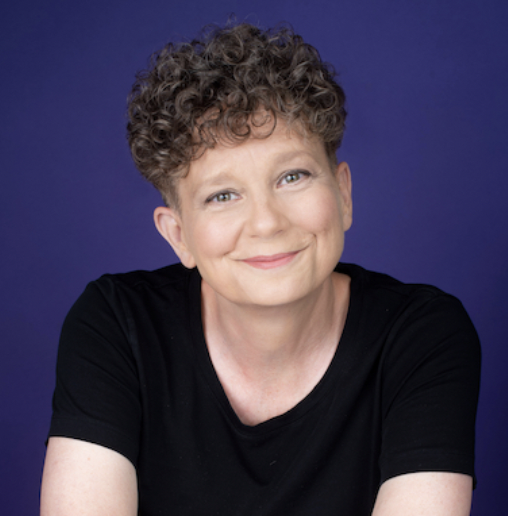
Karen Krossing wrote comics and poetry as a kid and dreamed of becoming a published writer. Today, she’s the author of many books for kids and teens, including picture books One Tiny Bubble and Sour Cakes, and novels Punch Like a Girl, Bog, and Cut the Lights. She holds an MFA in Writing for Children and Young Adults from the Vermont College of Fine Arts, and she’s joined Whale Rock Literary Workshops as faculty. Watch for her upcoming middle-grade novel Monster vs. Boy with Charlesbridge Publishing in 2023.
You can find more about her writing workshops and freelance writing and editing at karenkrossing.com.
For more author Q&As, check out these posts:
Anne-Marie Strohman (co-editor) writes picture books, middle grade novels, and young adult short stories and novels. She is trained as a teacher, an editor, and a scholar, specializing in Renaissance Literature. She holds an MFA in Writing for Children and Young Adults from Vermont College of Fine Arts and is an active member of SCBWI. Find her at amstrohman.com and on Twitter @amstrwriter.
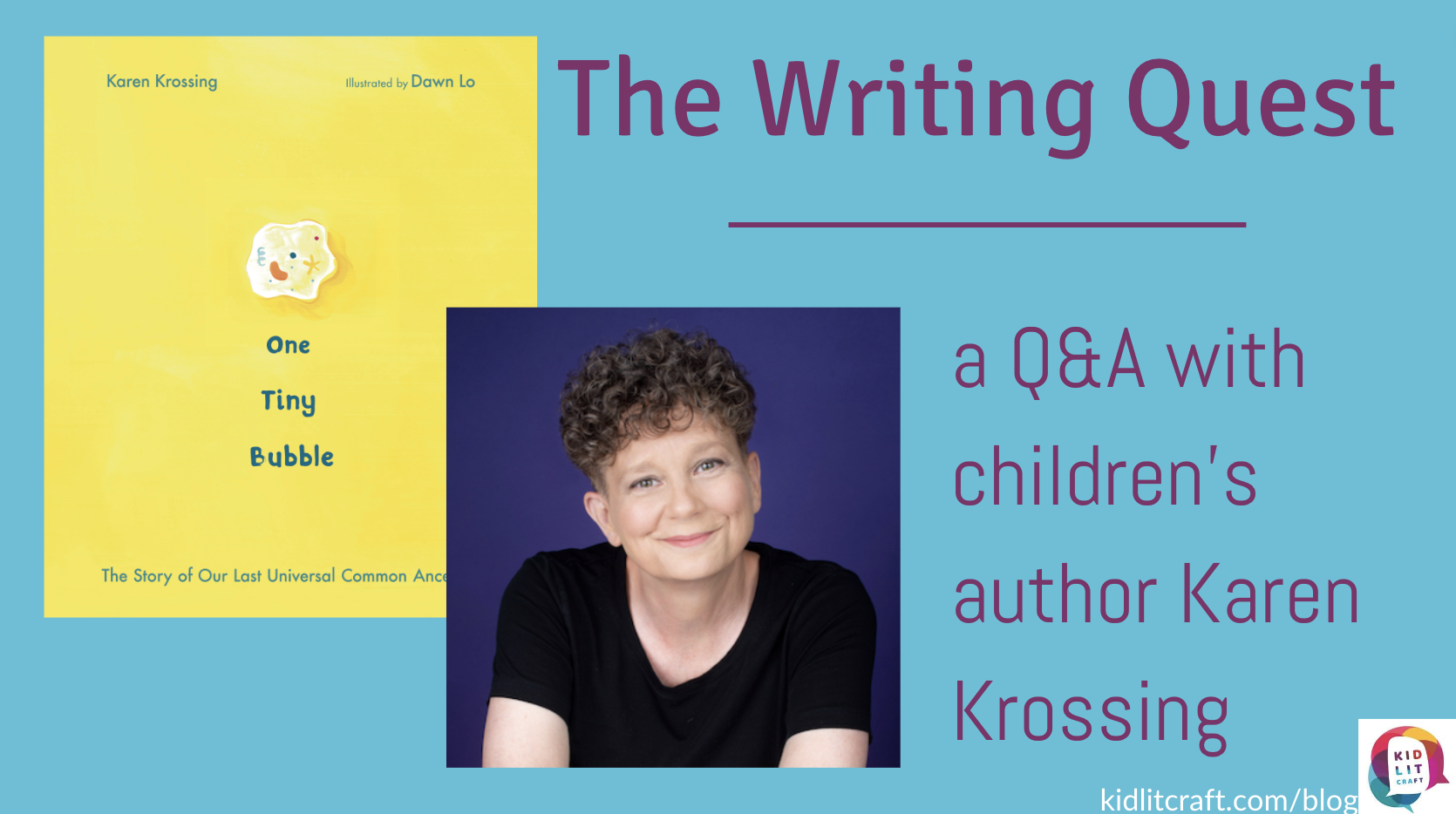
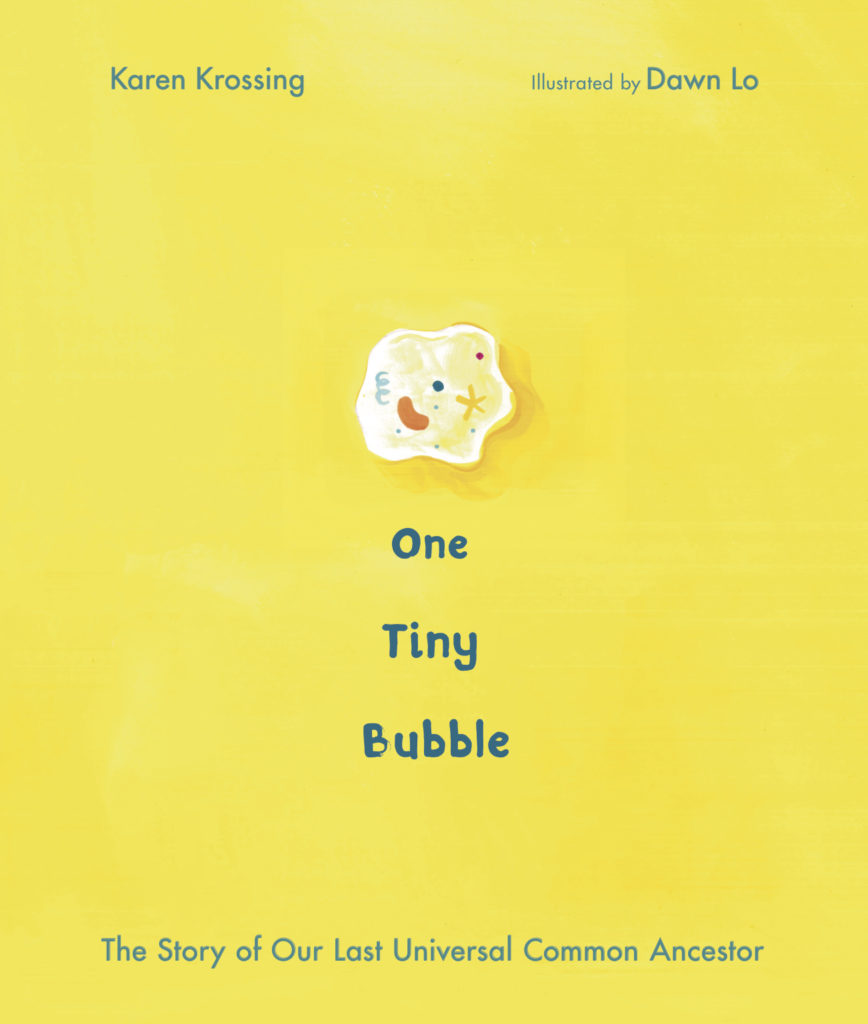
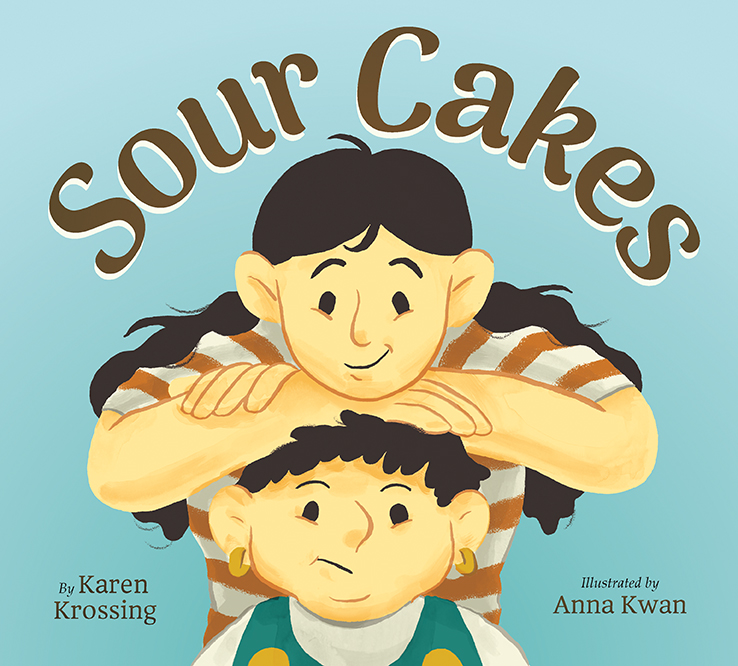
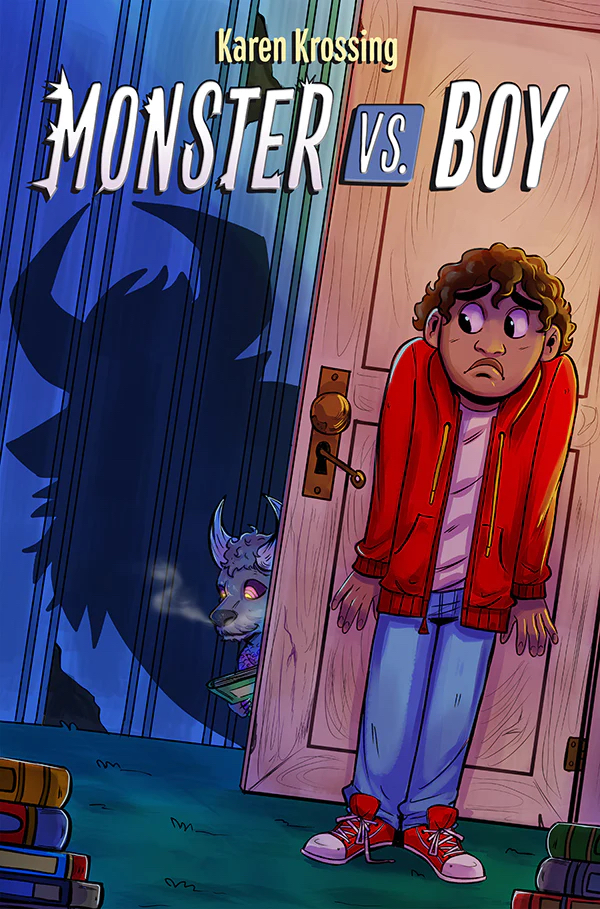
COMMENTs:
0